 | In the Field
| In the Field

IFA Excavations at Selinunte
Summary of Excavation Results, 2021
The thirteenth campaign on the acropolis of Selinunte took place between July 5th and July 21st of 2021. This campaign was led by the Institute of Fine Arts, NYU and the Università degli Studi di Milano, in collaboration with the Archeological Park of Selinunte. As the pandemic continued to disrupt archaeological investigations around the world in the summer of 2021, a small team was deployed to the field, supported by a robust digital season conducted in parallel.
Having discovered in previous years the wealth of ritual activity preserved inside Temple R in Trenches O, P, and Q, in 2018 and 2019 we had turned our attention to the sacred structure’s immediate environs with Trench R and S. In the spirit of continuing our study of how Temple R interacted with the wider ritual topography of Selinunte’s main urban sanctuary, in 2021 we returned to a small trench that had been planned in 2011, but never actually excavated – Trench N [Figure 1].
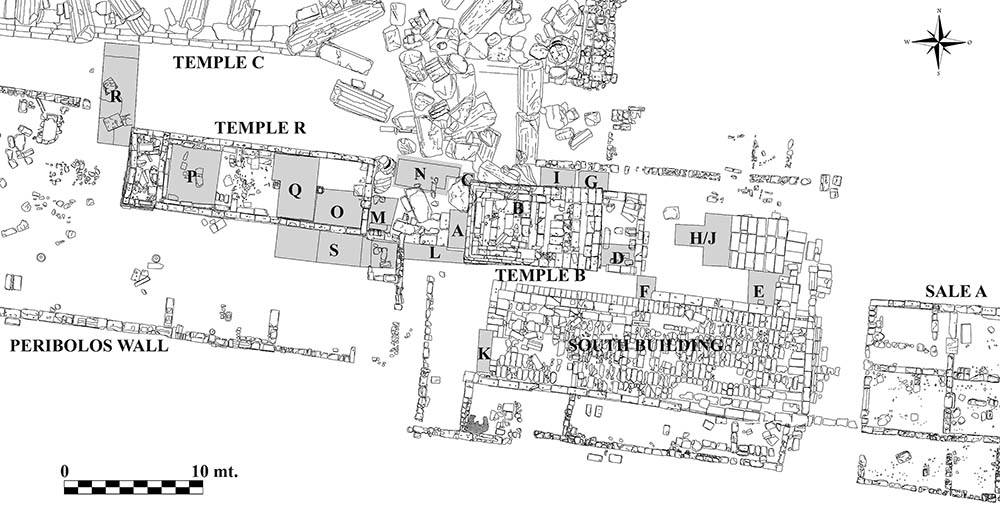
Figure 1: Selinunte, Main Urban Sanctuary, area of investigation by the Institute of Fine Arts–NYU and University of Milan Mission 2006–2022. © Institute of Fine Arts, NYU
Situated between Temple B to the east and Temple R to the west and bounded by several large fallen blocks of Temple C on all sides [Figure 2], the original objective of the trench had been to uncover and study the northern edge of Temple R’s entrance platform. While Temple R was built of a yellowish limestone quarried locally, the entrance platform was made of the gray limestone from the Cave di Cusa quarry, used for the construction of Temple C to the north. When, and why, the platform was added is an important question, for several reasons including the fact that this curious feature is too large to support a covered porch and finds few comparisons in sacred architecture across the Greek Mediterranean world. Following the discoveries of 2019, excavation of the comparatively small Trench N was also attractive to see if further evidence of seventh-century structures predating Temple R (“Early Building/EB II”) could be found to the north.
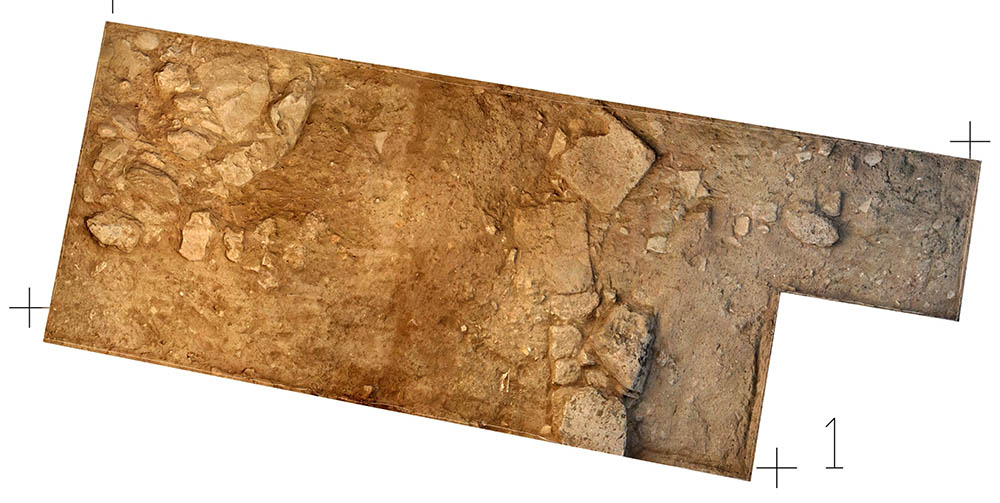
Figure 2: Orthorectified view of Trench N following the removal of topsoil. © Institute of Fine Arts, NYU
As in other areas of this sector of the main urban sanctuary the upper stratigraphy in the trench was composed of a leveling fill laid in the Hellenistic period during the construction of Temple B to the east. Many of the finds discovered amongst this rubble attest to the complex life of Hellenistic Selinunte, but others discoveries include the remnants of offerings from the sanctuary’s long life in the Archaic and Classical periods. These include a marble fragment of the upper arm of an archaic Kouros [Figure 3], likely destroyed during the 409 BCE conquest of Selinunte by the Carthaginians, and reused as construction material. Study of this piece is ongoing, but is an important piece of evidence for the freestanding statuary that filled the sanctuary before Selinunte’s conquest.
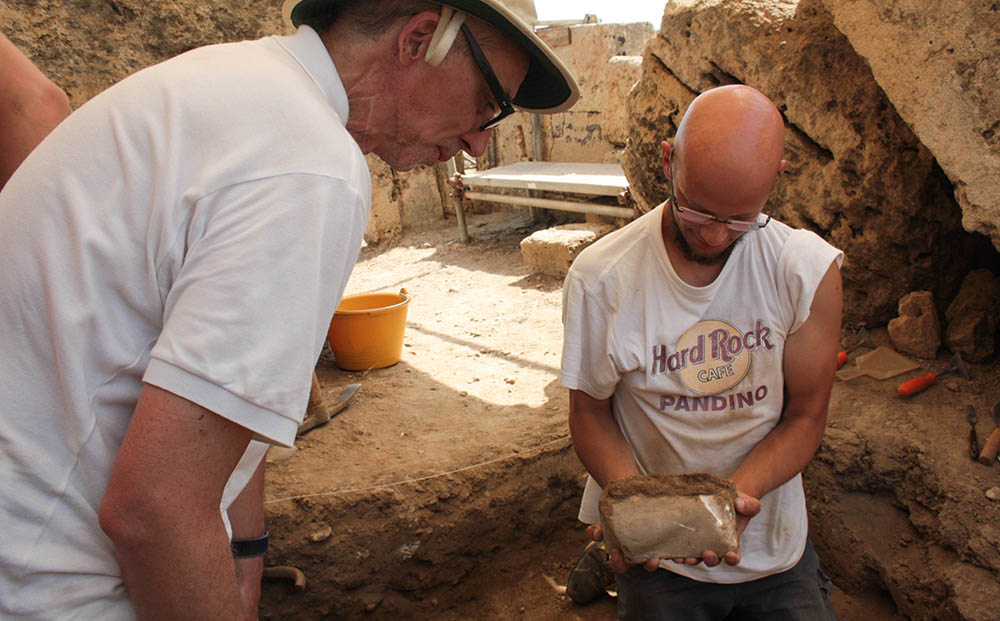
Figure 3: Excavator Luca Restelli conferring with director Clemente Marconi following the initial discovery of the kouros arm fragment. © Institute of Fine Arts, NYU
This fill rests on either side of a set of wall foundations [Figure 4], either of a simple peribolos wall surrounding Temple B, or of Punic-era structures that predated the construction of the Hellenistic podium temple ca. 300 BCE.
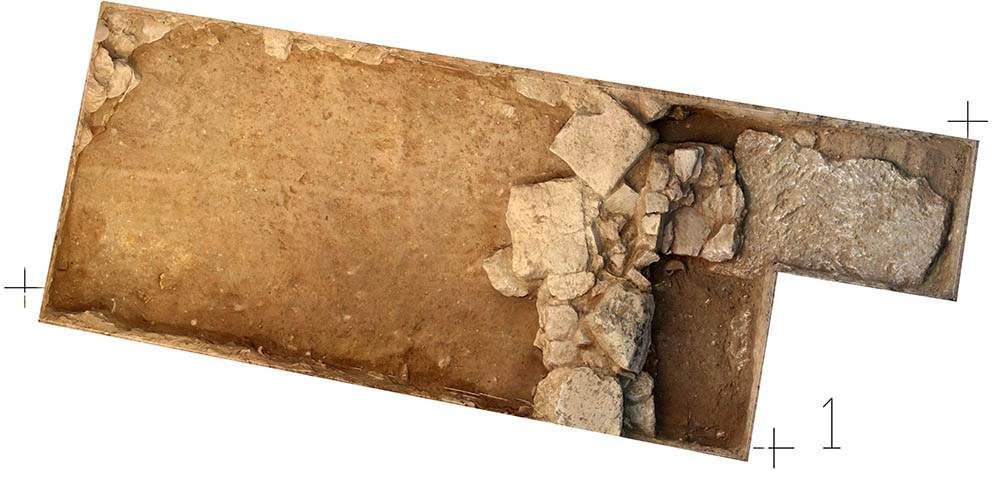
Figure 4: Orthorectified view of Trench N with post-409 BCE wall foundations uncovered. © Institute of Fine Arts, NYU
Beneath this later wall and the Hellenistic fill the remains of Temple R’s entrance platform were found. While the platform’s exterior was formed by a line of limestone blocks, the interior seems to have been made of compacted earth covered in white lime plaster. The packed earth abutting the platform provided a wealth of materials that speak to the earlier ritual life of the sanctuary – clay figurines and busts, bronze and silver jewelry, local pottery and imported ceramics. A bronze coin found in the platform’s construction fill, a bronze tetras from the Greek city of Gela, provides a terminus post quem for the platform of the last quarter of the fifth century BCE.

Figure 5: Orthorectified view of Trench N with post-409 BCE wall foundations resting on the ashlar course of the later Classical period platform, which rests on the ashlar course of the earlier Archaic period platform. © Institute of Fine Arts, NYU
Excavation of this Classical period platform’s fill soon identified a previously unknown earlier platform. Smaller in dimensions than the later platform [Figure 5], these blocks are at an elevation corresponding to the Temple’s original Archaic floor. The interior fill of this - perhaps original - platform is filled with charcoal mixed with faunal remains [Figure 6]; the sort of material one expects to find in areas where the detritus of sacrificial activities is discarded. Temple R’s principal altar has yet to be found, and it is possible that the altar stood at the center of the platform – where a block weighing several tons from Temple C’s architrave now rests. This remains a question for future investigation.
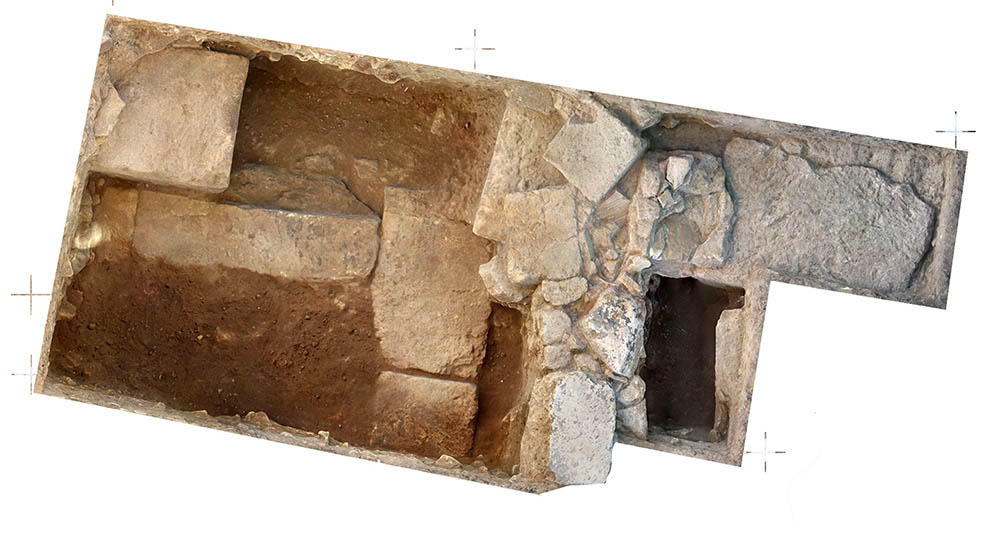
Figure 6: Charcoal-rich fill found bounded within the earlier Archaic platform’s ashlar course. © Institute of Fine Arts, NYU
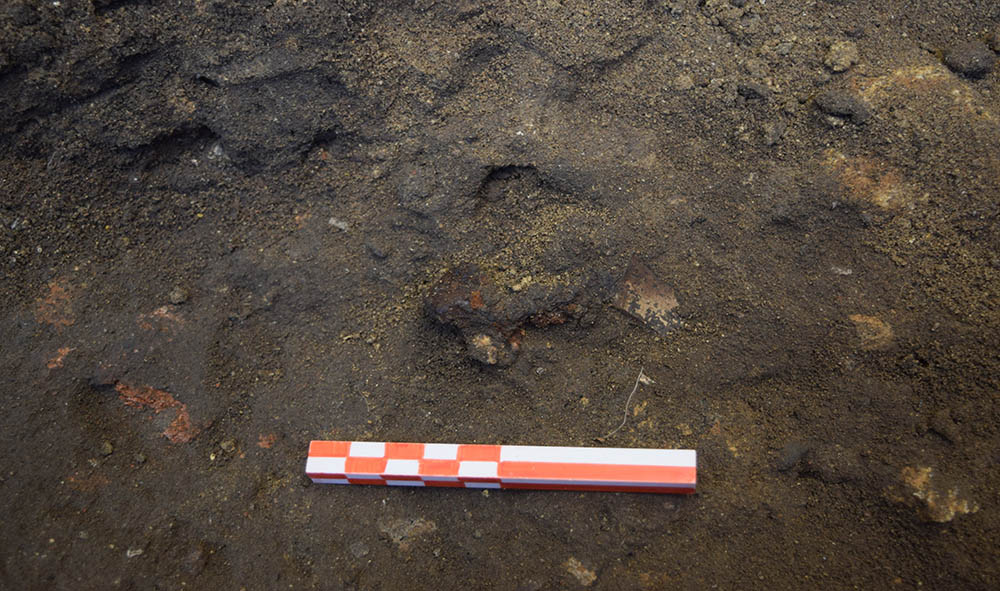
Figure 6: Charcoal-rich fill found bounded within the earlier Archaic platform’s ashlar course. © Institute of Fine Arts, NYU
Beneath a mound of this charcoal-filled soil, two iron spearheads were found laid flat so that one crossed the other, one surviving intact, the other surviving only as a blade broken from its haft. These weapons were found next to the horn of a large goat [Figure 7]. It should be noted that this pairing of spearheads with horns is of a similar ritual form as what was found in 2019 in Trench S, when following the construction of Temple R but before the construction of its altar, two horns of young bulls were found near a largely intact iron spear. These ritual actions may be understood as construction rituals.
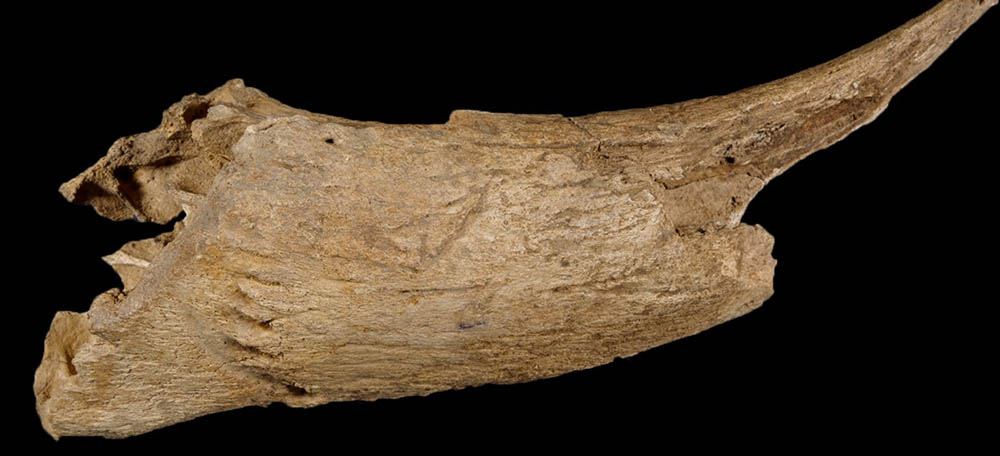
Figure 7: Goat horn that was found with two iron weapons in a ritual deposition within the fill bounded by the earlier Archaic platform. © Institute of Fine Arts, NYU
Beneath the Archaic platform associated with the original usage of Temple R, no seventh-century architectural remains are found. Instead, a brown soil filled with seventh century debris (pottery, bones, etc.) rests directly on sterile red sand, the natural formation of this pre-Greek stratum confirmed thanks to the study this summer of geologist Fabio Pallotta. This red sand extends from the foundation of Selinunte in the seventh century all the way down to bedrock.
Clemente Marconi (director) and Rosalia Pumo (co-director), and Andrew Farinholt Ward (field director)